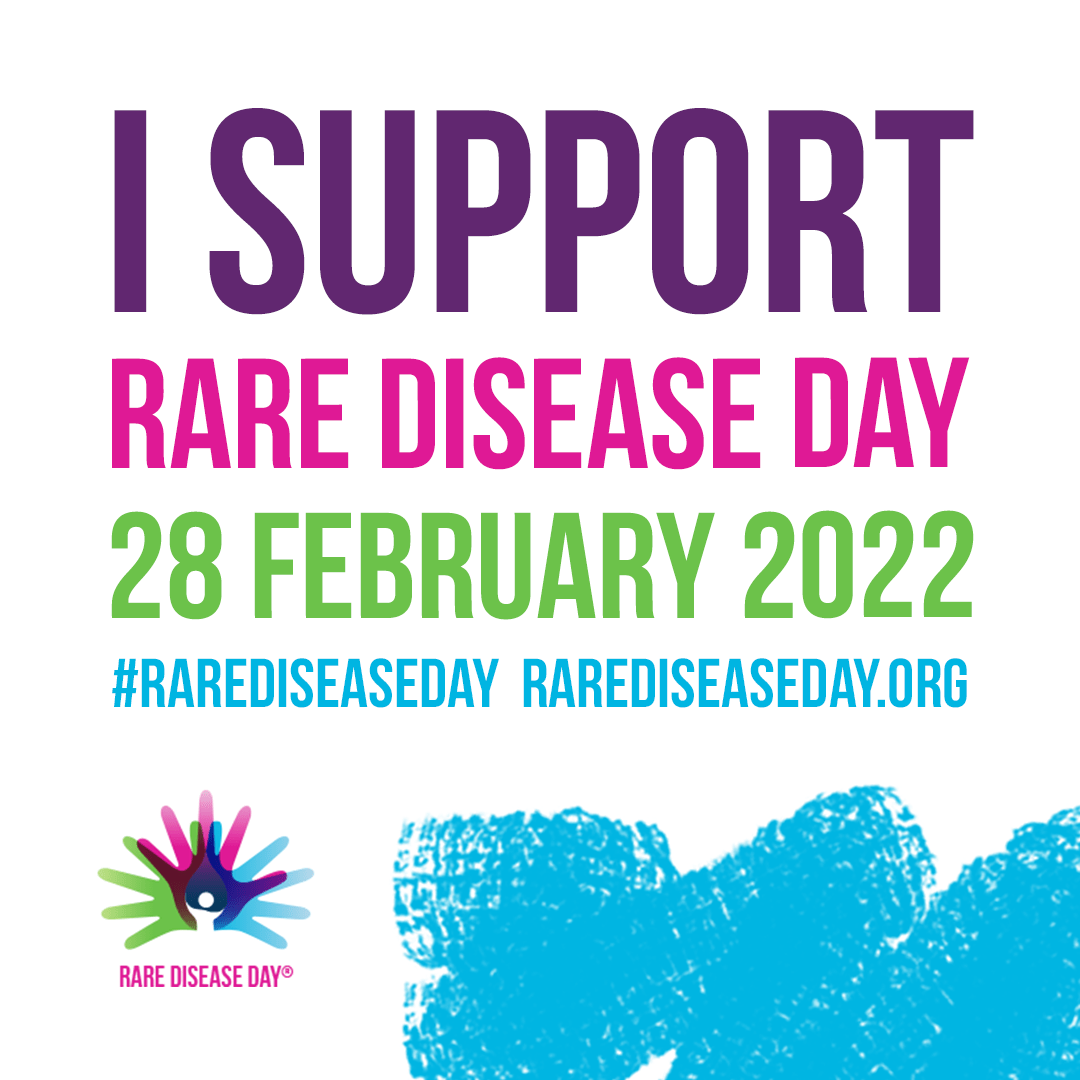
World Rare Disease Day 2022

February 28, 2022
By definition, a rare disease has a prevalence of 1/2,000. But rare diseases are numerous and would affect more than 3 million people in France, more than 300 million in the world!
Most of these diseases have no treatment. Nevertheless, many actors are mobilized in the fight against rare diseases to improve the diagnosis, care and follow-up of the patients concerned; research in this area also allows significant medical advances.
In 2021, we again had the opportunity to put our medical writing skills at the service of several rare diseases, including craniofacial microsomia, cystic fibrosis, and inherited epidermolysis bullosa.
Craniofacial microsomia is a heterogeneous congenital pathology characterized by unilateral or bilateral underdevelopment of facial structures arising from the 1st and 2nd pharyngeal arch. Patients may present with ear deformities and/or eye anomalies, facial asymmetry, cleft lip and palate, as well as dental deformities. Extracranial anomalies (vertebral, renal, or cardiac) may also be present. All these anomalies can cause functional and psychological difficulties.
Patients should benefit from multidisciplinary care due to a wide phenotypic spectrum. Coordinated by a reference or competence center, in collaboration with the attending physician, individualized care encompasses various areas to manage breathing, feeding, speech, and hearing difficulties, eye anomalies, dental deformities, and psychological difficulties. Surgical follow-up is also necessary to correct malformations as the child grows.
The National Diagnosis and Care Protocol (PNDS) of craniofacial microsomia was recently published on the website of the French National Authority for Health (HAS). Based on current scientific data and the experience of the specialists who participated in its drafting, it aims to inform health professionals about diagnosis, reference treatments, and patient follow-up in order to harmonize care throughout France.
Cystic fibrosis is a multi-organ disease that mainly affects the respiratory tract and gastrointestinal function. It is an autosomal recessive genetic disease related to mutations in the gene encoding for the CFTR protein. F508del is the most common of the more than 2,000 CFTR mutations described: 85-90% of patients have at least one F508del mutation, 40-50% of them have two F508del mutations.
Vertex Pharmaceuticals has developed the elexacaftor-tezacaftor-ivacaftor (Katfrio®) combination therapy that targets the CFTR protein. In France, this treatment first benefited patients aged 12 and over carrying an F508del mutation associated with a residual CFTR function mutation and having an advanced respiratory disease (low values of forced expiratory volume in 1 second and/or being under evaluation for lung transplantation), through an early access program (the “autorisation temporaire d’utilisation nominative”, ATUn* [nominative temporary authorization for use]). Data from the first patients who benefited from this early access program showed rapid significant improvement from both clinical (improvement of lung function and nutritional status; significant reduction in the need for long-term oxygen therapy, non-invasive ventilation, and enteral tube feeding; suspension of the indication for lung transplantation) and patient perspectives (significant improvement in respiratory symptoms and sleep quality, reduction in treatment burden, improved quality of life, formulation of new life goals).
In July 2021, this combination therapy obtained a marketing authorization (MA) in France for patients aged 12 and over carrying two F508del mutations or one F508del mutation associated with one residual CFTR function mutation. Since last month, the first request for extension of MA allows patients aged 12 and over and carrying at least 1 F508del mutation to have access to this treatment. A new extension of indication could soon benefit patients aged 6-11 years with at least one F508del mutation.
Inherited epidermolysis bullosa is a group of genetic disorders characterized by skin and/or mucosal (lips, inside of the mouth, esophagus, anus, vagina, eye) fragility leading to the development of blisters and/or erosions and wounds. The severity is variable, ranging from moderate localized forms – allowing patients to have a life close to normal – to disabling and potentially lethal severe generalized forms.
At the cutaneous level, blisters usually form after minimal trauma or friction (clothes, shoes, etc.) but can also appear spontaneously. Depending on the form of the disorder, patients may present with other symptoms including muscle and/or dental damage, alopecia, esophageal or tracheal stenosis, etc. They may also suffer from complications (malnutrition, anemia, osteoporosis, chronic inflammatory syndrome, amyloidosis, depression, etc.) or healing abnormalities (budding and/or hemorrhagic wounds, superinfection, cutaneous squamous cell carcinoma).
To date, there is no curative treatment; patients benefit from preventive measures and specific daily skin care.
In the documentary film “Et les mistrals gagnants” directed by Anne-Dauphine Julliand, one of the children is suffering from epidermolysis bullosa.
We are delighted to participate in the fight against rare diseases for better patient care, and we thank our loyal customers as well as our new customers in this field for their trust and the quality of our collaborations.
*Previous name prior to the new French rules on early access to unauthorized medicinal products and off-label use of authorized medicinal products, which entered into force on July 01, 2021.